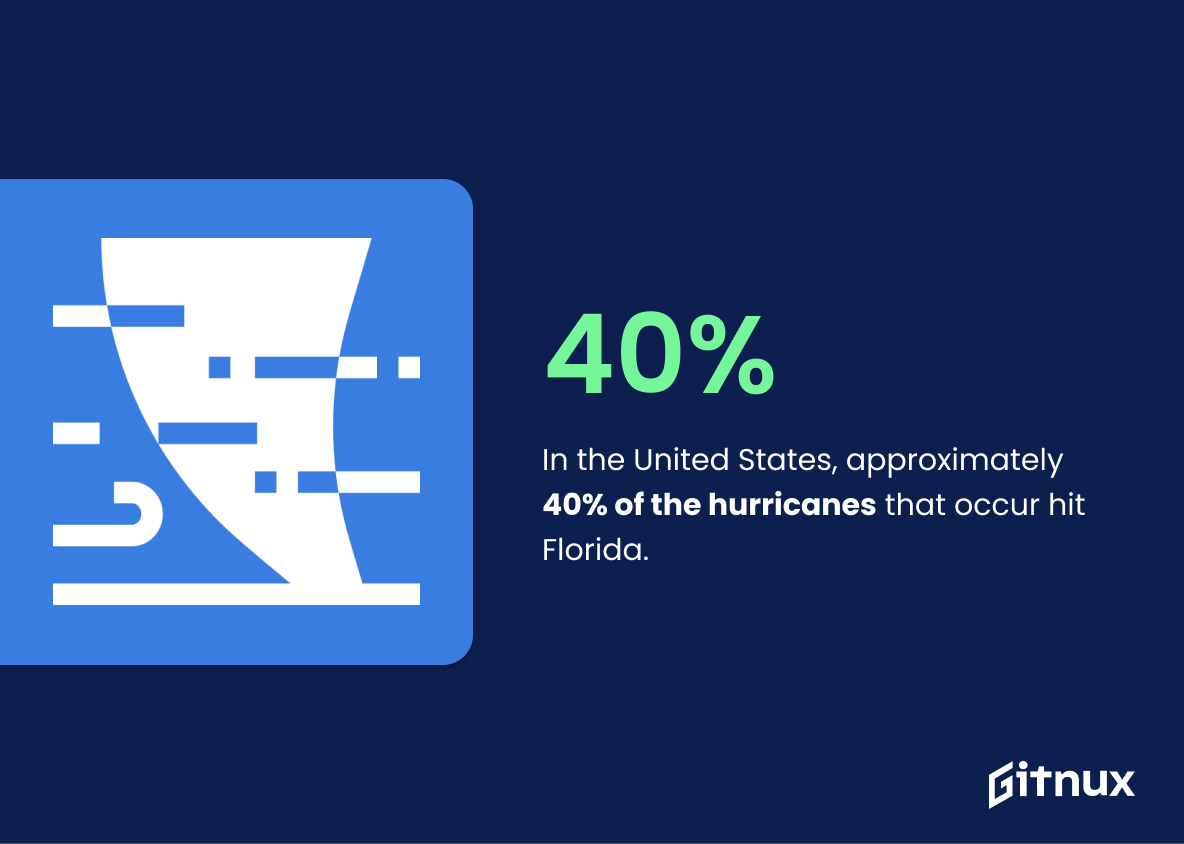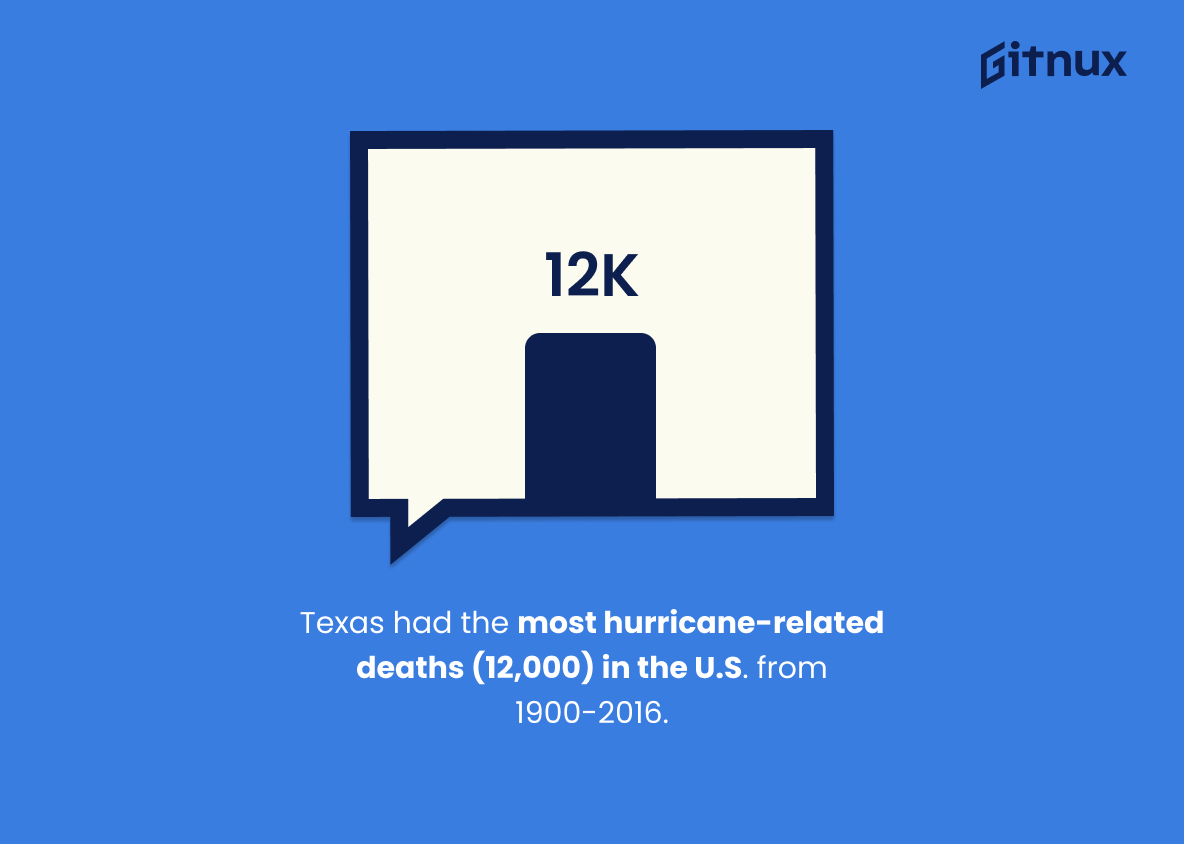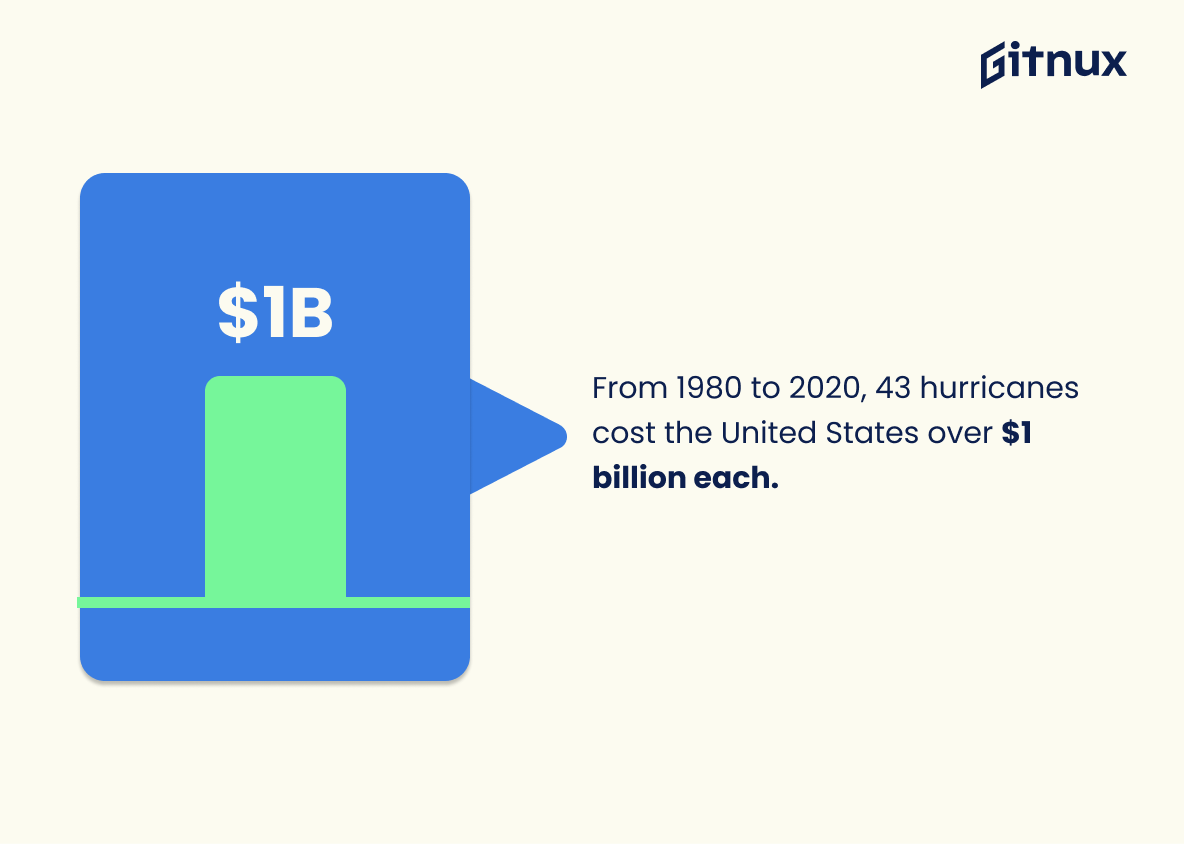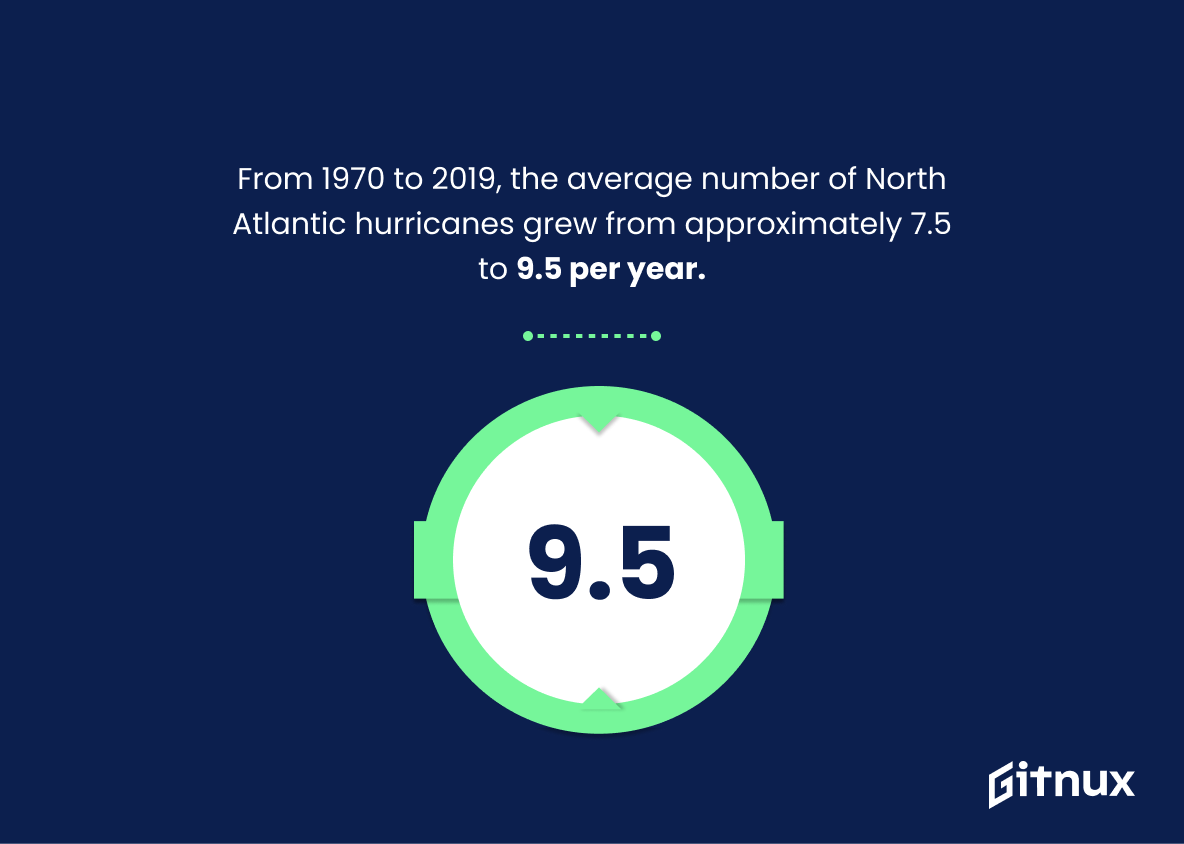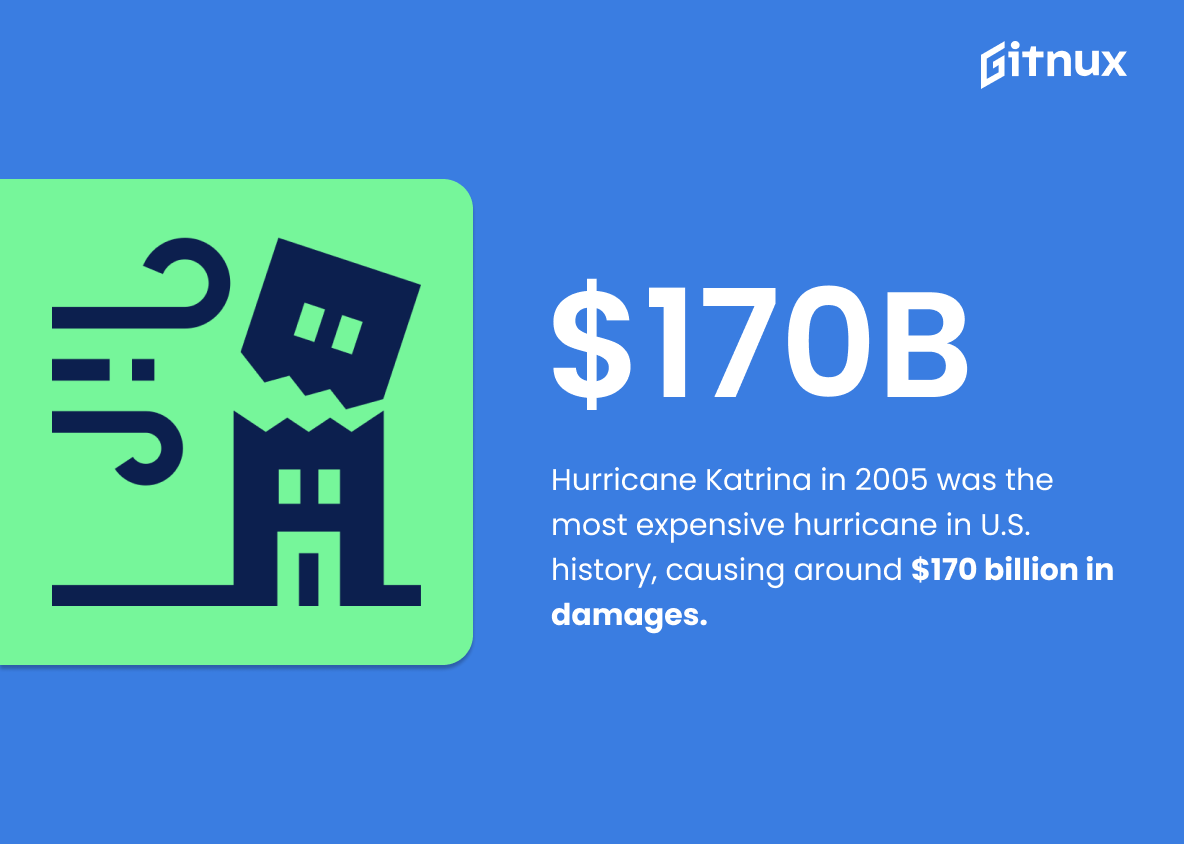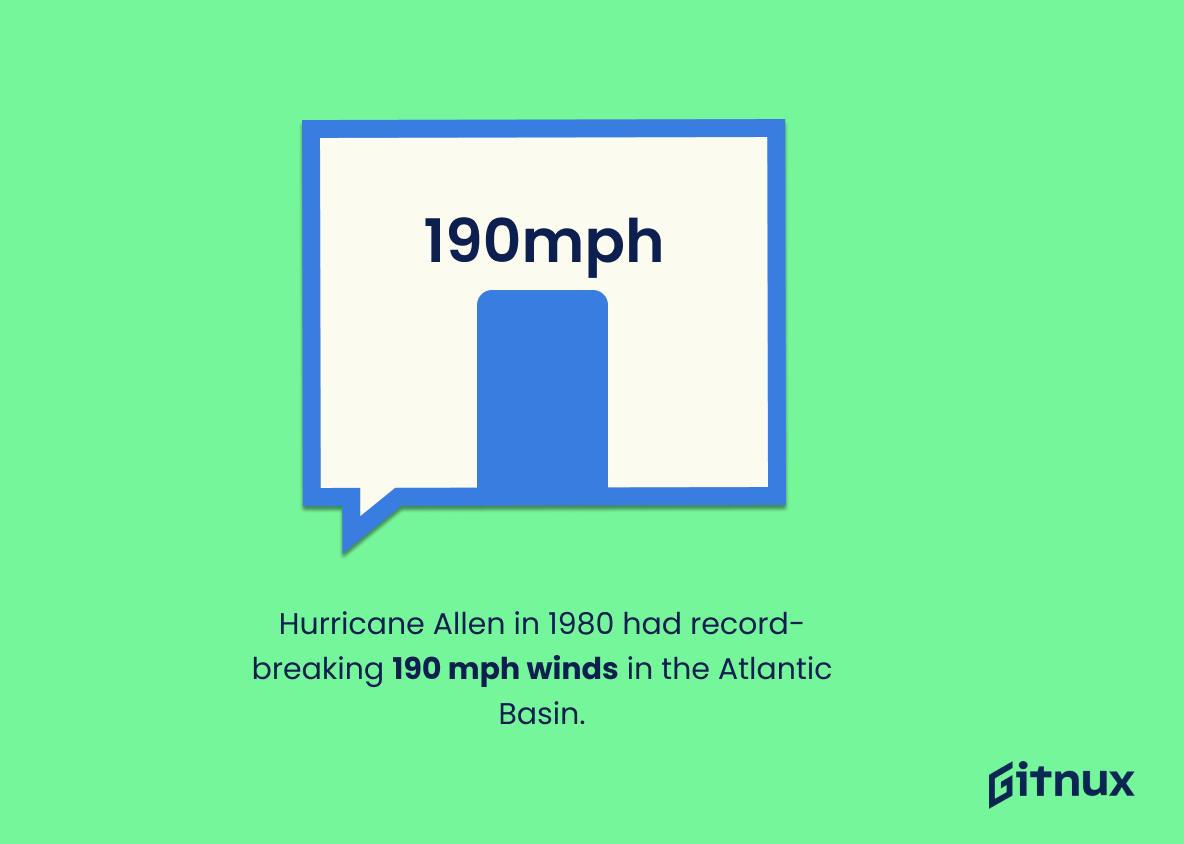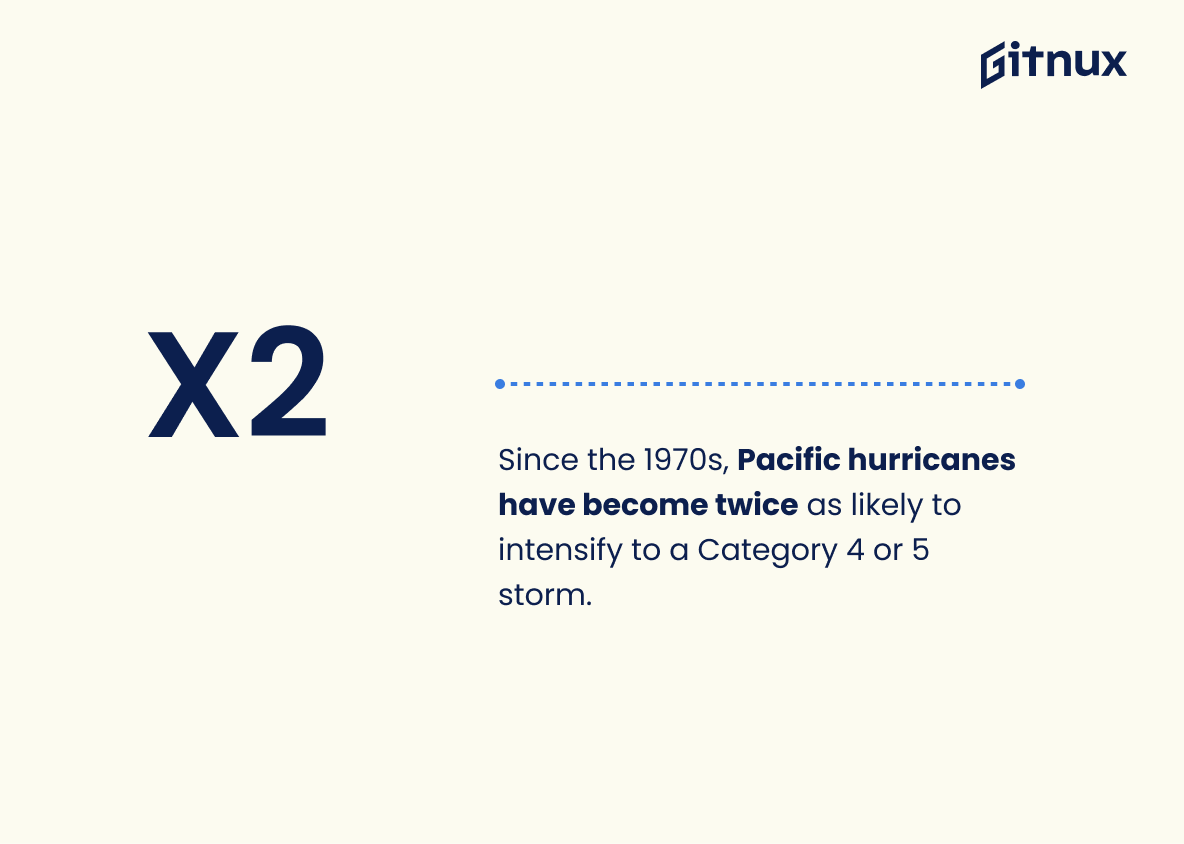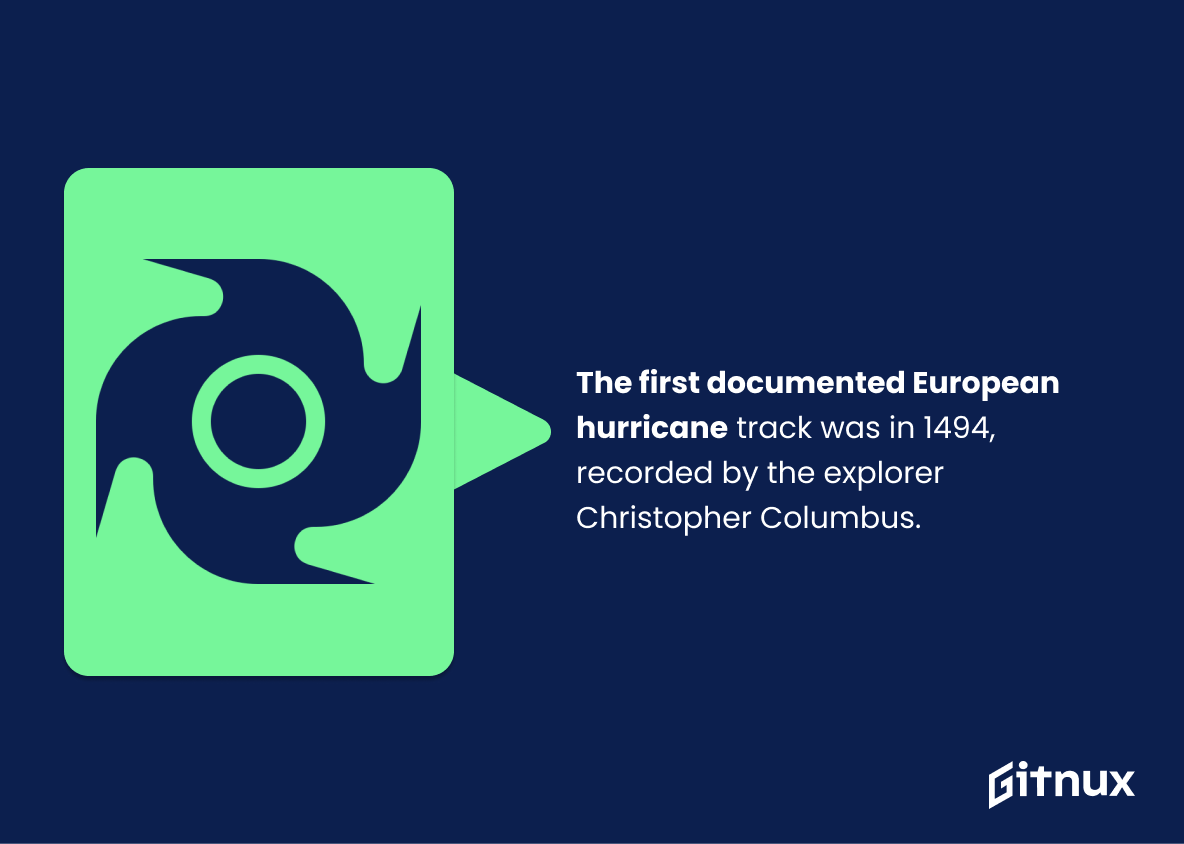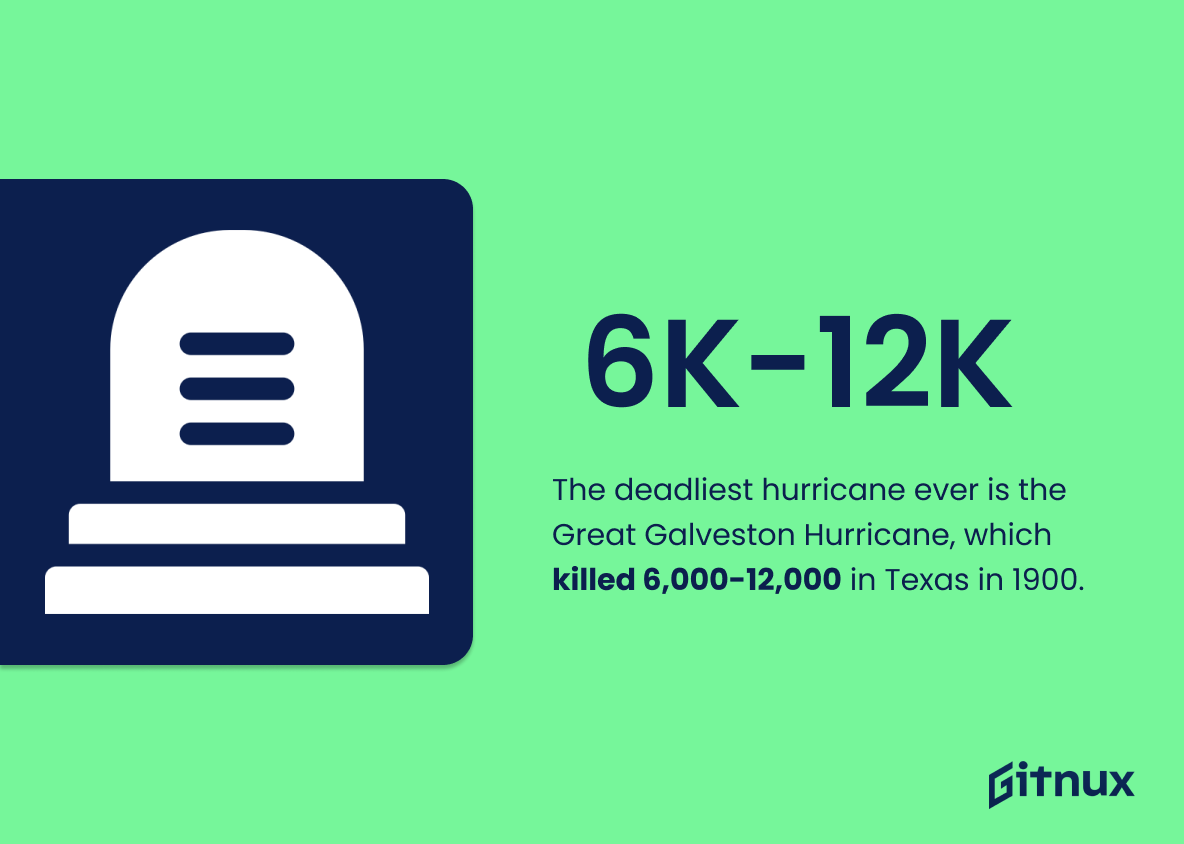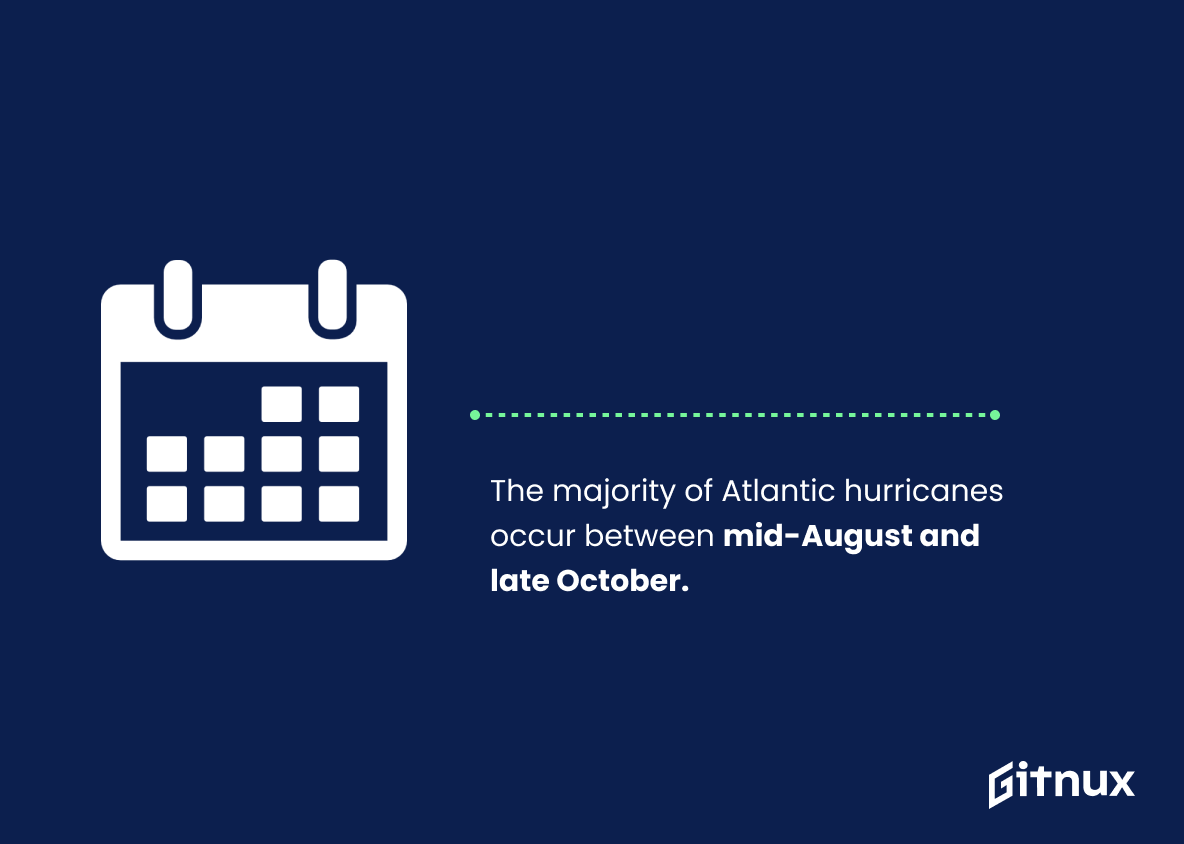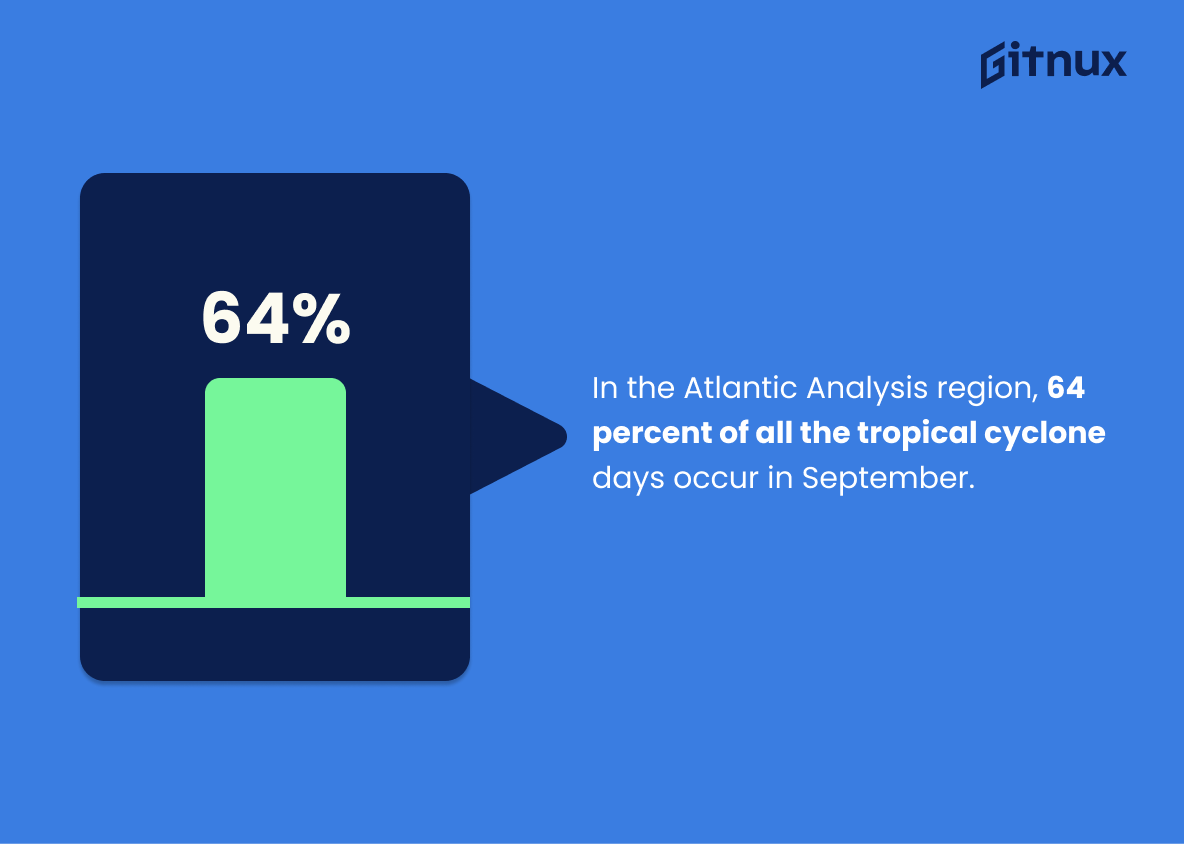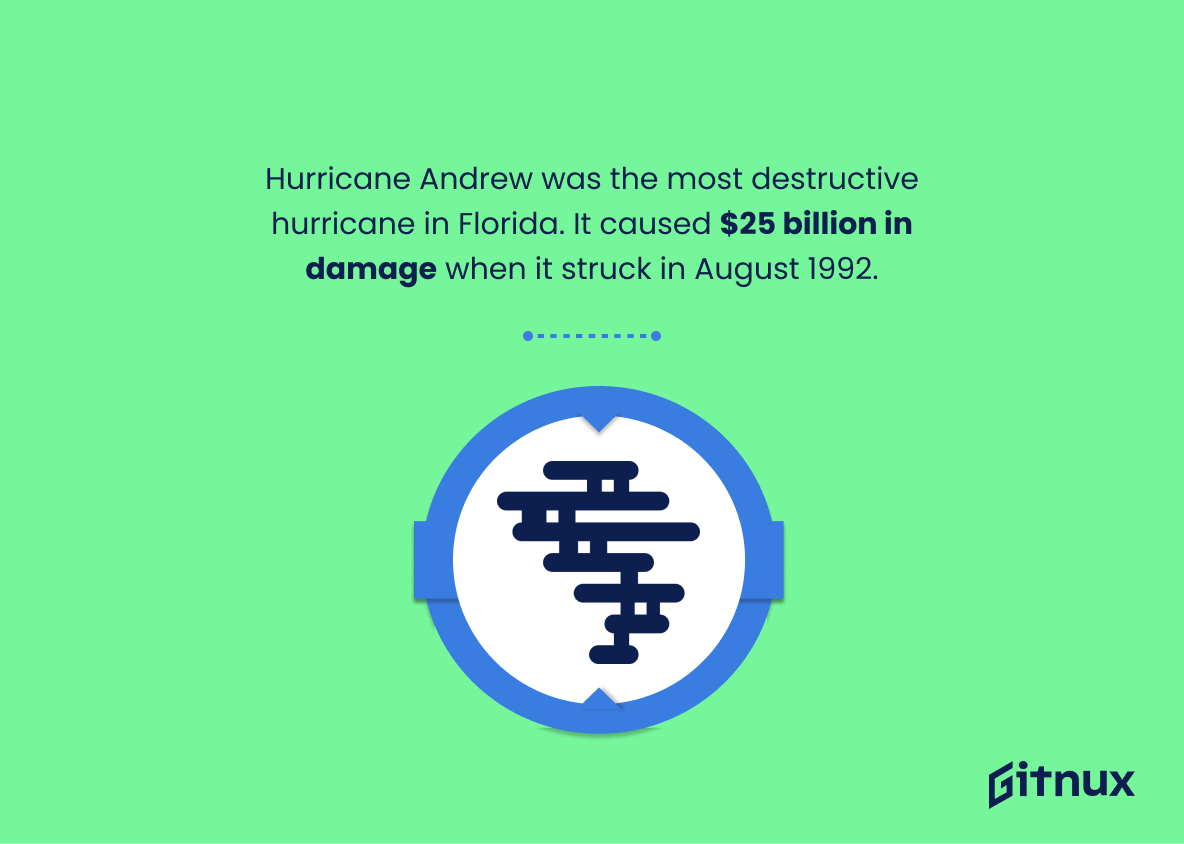As the winds howl and waves crash, there’s no denying the sheer power and terror of hurricanes. These meteorological behemoths can leave unprecedented destruction in their wake and have proved to be a formidable force against which mankind continues to grapple. But did you know these natural events can also be quantified, predicted and studied through figures and statistics? Welcome to our comprehensive blog post about Hurricane Statistics, where we will delve into the eye of the storm, exploring fascinating data, unique findings, and compelling trends that truly convey the magnitude of these whirling specters of nature. We’ll dissect the numbers behind their intensity, frequency, and the impacts they wreak on human life and infrastructure. Our objective is to unfold a quantified perspective of these tempestuous phenomena for a better understanding of their patterns, potential, and ways to mitigate their effects. Let’s embark on this turbulent journey together.
The Latest Hurricane Statistics Unveiled
In the United States, approximately 40% of the hurricanes that occur hit Florida.
Delving into the stormy world of hurricane statistics, the powerful figure that stands out is the whopping 40% of US hurricanes that take aim at Florida. It’s a telling piece of data that illustrates how the Sunshine State frequently finds itself in the crosshairs of these swirling tempests. This statistic truly acts as an ominous yet crucial compass for our understanding, directing us to the undeniable link between hurricanes and Florida. In one fell swoop, it underlines the importance of preparation, caution and effective policy-making in this often-besieged corner of the country. An acknowledgement of this stark reality provides a critical foundation for any discourse on Hurricane Statistics.
Between 1900 and 2016, Texas witnessed more deaths related to hurricanes (approximately 12,000 individuals) than any other state in the U.S.
The haunting tale of Texas, standing as the grim Reaper’s favored dance floor, confirms its unfortunate reputation as the most hurricane-ravaged state. Over a century, between 1900 and 2016, about 12,000 souls were swept away by these tempestuous disasters, more than any other American state, a chilling narrative that underscores the sheer power and peril hurricanes pose. Gleaning from this tragic chronicle, Texas’ ordeal offers an insightful perspective on our blog post discussions about hurricane statistics, painting a vivid picture of their lethal nature and the importance of effective forecasting, preparation, and response systems.
In 2018, Hurricane Michael, which hit Florida, was the first category 5 hurricane to make landfall in the U.S. since 1992.
The harrowing account of Hurricane Michael – a mighty category 5 storm that felled Florida in 2018, echoes a chilling wake-up call when one traces back the chronicles of severe hurricanes in U.S. history. Its relevance emerges when we consider it was indeed the first category 5 hurricane to make a landfall in the U.S. since 1992. This staggering gap of 26 years paints an unsettling portrait of the fierce unpredictability, sheer rarity, and the devastating potential of such extreme weather events. Compared to the regularity of other categories, these category 5 goliaths showcase the peak of nature’s fury and the high stakes we face in the face of climate change. Putting Hurricane Michael front and center in our hurricane statistics yields more significant insights, not just about the patterns and intervals of these top-tier catastrophes, but also the state of our readiness, resilience and response mechanisms in confronting such weather extremities. This revelation hence galvanizes our blog post’s overall discussion and exploration of hurricane statistics.
From 1980 to 2020, 43 hurricanes cost the United States over $1 billion each.
Showcasing the formidable impact of these 43 hurricanes that grappled the United States with billion-dollar damages each, from 1980 to 2020, paints a truly vivid tableau of hurricane severity. Contextualizing the raw power of these hurricanes through their economic cost underlines the necessity for sound hurricane-preparedness strategies. As weather events with such staggering economic aftermath, they are fierce reminders emphasized in hurricane statistics, of the importance of channelling resources towards meteorological innovations and preventive infrastructure. Thus, setting the stage for a comprehensive and enriching discussion within this blog post on Hurricane Statistics.
From 1970 to 2019, the average number of North Atlantic hurricanes grew from approximately 7.5 to 9.5 per year.
Diving deeper into the world of hurricane statistics, one cannot help but marvel at the undeniable upward trend in North Atlantic hurricanes. Painting a vivid picture from 1970 to 2019, the average annual count of these mighty storms leaped from a moderate 7.5 to a more formidable 9.5. This intriguing increase prompts more exhaustive examination and understanding of atmospheric patterns, driving relevant action from scientists, policy-makers, and the public alike. Furthermore, it serves as a critical piece of the puzzle for anyone grappling with emerging climate patterns and their impacts, thus giving this statistic its rightful spotlight in our blog post about Hurricane Statistics.
Hurricane Katrina in 2005 was the most expensive hurricane in U.S. history, causing around $170 billion in damages.
In perusing the stratospheres of hurricane chronicles, the magnitude of Hurricane Katrina’s financial impact in 2005 strikes with compelling gravity. The surging destruction let loose an astronomical $170 billion in damages, an astounding figure that paints Katrina as the heavyweight champion in the pantheon of costly U.S. hurricanes. This record-breaking hurricane’s financial footprint reverberates across the pages of meteorological annals, setting an unprecedented benchmark. Through the lens of hurricane statistics, it stands as a chilling testament to the immense, tangible devastation these storms can inflict upon our economy and society, making it an indispensable nugget of information for any comprehensive exploration into hurricane data and trends.
The powerful Hurricane Allen in 1980 had the highest winds ever recorded for a hurricane in the Atlantic Basin, reaching up to 190 mph.
Highlighting the record-breaking wind speed of Hurricane Allen accentuates the sheer power and potential destructiveness of hurricanes, serving as a stark reminder of nature’s capacity for chaos. By incorporating this statistic into a blog post about Hurricane Statistics, it sets a benchmark for hurricane intensity comparisons and underscores the need for robust disaster preparation and response strategies. Furthermore, this extreme example could help readers understand the profound variability in hurricane strength, stimulating a deeper exploration of the factors contributing to these variations.
Since the 1970s, Pacific hurricanes have become twice as likely to intensify to a Category 4 or 5 storm.
Delving into the realm of hurricane statistics, one might find a particularly captivating fact: Pacific hurricanes have been doubling their propensity to escalate to a Category 4 or 5 storm since the 1970s. Now, you might wonder- why should this piece of information stop us in our tracks?
Well, painting a deeper picture, this statistic turns the spotlight on the escalating threat and disturbing transformation of Pacific hurricanes. Such significant change over just a few decades hints at a substantial shift in the larger climatic patterns, emphasizing the urgent necessity for academicians, policy-makers and institutions to take heed.
A worrying increase in the severity of these tropical storms means potentially greater destruction and higher chance of loss in human lives and property. This places a greater burden on disaster management resources, and underscores the urgency to bolster our mitigation strategies. This statistic is not just a number, it’s a red flag in the study of hurricane patterns, a sign reinforcing the need for evolved and robust climate resiliency mechanisms.
The first documented European hurricane track was in 1494, recorded by the explorer Christopher Columbus.
The intriguing revelation that Christopher Columbus logged the first European hurricane track back in 1494 serves as a vital footing for our understanding of hurricane trends. This astounding chronicle, recorded amidst the sails and sights of explorations, offers a deeper look beyond the raw numbers of hurricane statistics. It is not just another data point; it’s a glimpse into enduring human curiosity and a testament to our perpetual quest to understand the natural world. This detailed observation from half a millennium ago allows us to trace the trajectory of hurricane patterns and their impacts over centuries, providing a robust foundation to contextualize and comprehend contemporary developments in hurricane activity.
The Atlantic hurricane season lasts roughly six months, from June 1 to November 30.
Highlighting the timeline of the Atlantic hurricane season, which extends approximately from June 1 to November 30, is pivotal in a blog post about Hurricane Statistics. It gives readers a defined temporal framework within which hurricane activities are most prominent and frequent. This information encourages anticipation and preparedness, underscoring the need for cautiousness during these particular months. Moreover, knowing this period facilitates a deeper understanding of hurricane developmental patterns as well as their potential impacts, leading to more informed discussions about hurricane-related policies and measures.
The deadliest hurricane in history is the Great Galveston Hurricane (also known as Hurricane of 1900) in Texas, which killed between 6,000 and 12,000 people.
The eye-opening revelation about the lethal wrath of the Great Galveston Hurricane, mercilessly claiming the lives of a staggering 6,000 to 12,000 souls in Texas, offers a profound historical context in a hurricane statistics blog post. As the storm serves as the benchmark for deadliest hurricanes in recorded history, it emphasizes the unpredictable power and devastating potential of these tropical cyclones. Unveiling this statistic illuminates the spectrum of possible damages and lost lives, thus raising awareness about hurricane preparedness and public safety measures. It also aids in understanding trends and patterns in hurricane impacts, helping us gauge the urgency of tackling climate change and building resilient urban infrastructures to mitigate future hurricane disasters.
2020 broke the record for the highest number of storms in a single Atlantic hurricane season with 30 named storms.
Painting a vividly compelling picture, the striking statistic of 2020’s record-breaking 30 named storms in a single Atlantic hurricane season offers a potent testament to the intensifying activity in our atmosphere. This fact isn’t merely a static number; indeed, within its depths, it holds broad ramifications for climate science, storm prediction and preparation. Against the backdrop of a larger discourse on Hurricane Statistics, this metrics carves out a critical new chapter. It underscores not only the escalating frequency of these catastrophic events, but also elevates our comprehension of their implications, inviting discourse on what such a storm-laden year portends for future atmospheric trends.
The majority of Atlantic hurricanes occur between mid-August and late October.
Diving into the tumultuous world of Hurricane Statistics, we find ourselves confronted by a mesmerizing tidal wave of data. One such compelling statistic guides us to the heart of the Atlantic hurricane season. Don’t be misled, these monstrous storms don’t operate on our human-made calendar. Instead, they’ve chosen a unique time frame to rear their powerful winds and relentless rain. From mid-August through late October, an intriguing majority of these tempests choose to make their dramatic debut.
Why do they matter for our blog?
Think of this period, the peak of the stormy performance if you will, as the matinee show in the theatric realm of meteorology. Knowing when the curtain rises on this spectacle allows us to prepare, react, and adapt accordingly. It’s a playbook for coastal residents and emergency planners alike, shedding a soft beacon of predictability amidst the chaos. By understanding the peak hurricane activity period, we unlock a fundamental insight into the storm’s script – amplifying our readiness and resilience against this natural phenomenon.
In the Atlantic Analysis region, 64 percent of all the tropical cyclone days occur in September.
Illuminating the gravity of this particular statistic, let’s picture the Atlantic Analysis region transformed into a tumultuous storm brewing stage for almost two thirds of its annual tropical cyclone activity, specifically in the month of September. Essentially, the concentration of these whirling giants during this period can be depicted as the high point in a dramatic symphony of climatic patterns, commanding a greater emphasis within a discussion on Hurricane Statistics. The inference drawn from such a significant percentage aids in identifying the peak hurricane season, assisting in preparedness planning and risk assessment strategies, impacting not only meteorologists’ forecasting but also the precautionary readiness of the communities inhabiting these areas.
Hurricane Andrew was the most destructive hurricane in Florida. It caused $25 billion in damage when it struck in August 1992.
Diving into the vortex of hurricane statistics, one storm stands like a titan amongst all others – Hurricane Andrew. Notorious for etching a destructive path through Florida in August 1992, this behemoth of a storm exacted an exorbitant toll, resulting in a staggering $25 billion worth in damages. Such a figure provides astonishing evidence of the extensive, and often underestimated, power of hurricanes. Andrew’s staggering price tag is a steadfast reminder and a sobering benchmark for all future storms, acting as a crucial data point that escalates our understanding of hurricane impacts. Ultimately, it underlines the need for advanced preventative measures to mitigate the costly wrath of hurricanes, and infuses a compelling undertone of urgency in our continual analysis of hurricane statistics.
Conclusion
Understanding hurricane statistics is essential, as these figures provide us with a tangible glimpse into the annual meteorological events that shape lives, environments, and economies globally. The data reveals the devastating power of hurricanes, reminding us of the urgency of investing in effective disaster mitigation and preparedness strategies. Hence, it’s vital to continually study these statistics, not just for knowledge, but for the sake of our safety and resilience against such natural calamities.
References
0. – https://www.www.nhc.noaa.gov
1. – https://www.www.climatecentral.org
2. – https://www.www.princeton.edu
3. – https://www.www.weather.gov
4. – https://www.www.census.gov
5. – https://www.www.yaleclimateconnections.org
6. – https://www.www.statista.com
7. – https://www.www.aoml.noaa.gov
8. – https://www.www.climate.gov
9. – https://www.www.climatesignals.org
10. – https://www.www.ready.gov
11. – https://www.www.wunderground.com
12. – https://www.oceanservice.noaa.gov
